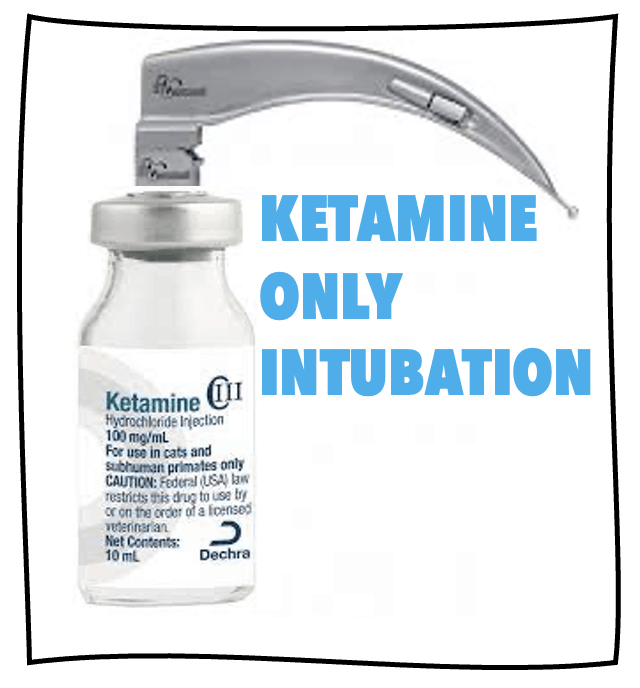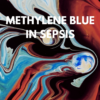In a recent paper by Driver et al (1) there was a comparison of Ketamine-Only intubation with topical anaesthetic and traditional RSI. The primary outcome was 1st attempt intubation success and it was found that Ketamine only intubation had the worst success rate of all the techniques and it also had the greatest incidence of adverse events, which included cardiac arrest, airway injury, hypotension and hypoxia.
What they did
Data was analysed from the National Emergency Medicine Airway Registry (NEAR).
The Primary Outcome was First pass success intubation.
Secondary outcomes included:
- First pass attempt with no adverse events
- Adverse events such as cardiac arrest and hyperaemia, plus others
n= 12511
This was a large study, however the Ketamine and Anaesthetic arms had very small numbers.
- n=102(0.8%) were Ketamine only
- n=80(0.6%) were Topical anaesthesia
- n=12329(95%) were traditional RSI.
Dosages:
- Ketamine: Median dose 1.3mg/kg (0.8-1.9mg/kg)
- Topical Anaesthetic: Interestingly 34 of the patients had Ketamine at a median dose of 0.6mg/kg
Results
- Primary Outcome of 1st pass success:
- Ketamine only: 61%. In 75% of cases a difficult intubation was flagged
- Topical Anaesthetic: 75%. 90% of this group had an initial impression of a difficult intubation
- Traditional RSI: 90%
- Adverse Events
- Ketamine: Hypoxia in 13% and 32% of other adverse events
- Topical anaesthetic: Hypoxia in 16% and 19% of other adverse events
- Traditional RSI: Hypoxia in 8% and 14% of other adverse events

Conclusion
Ketamine only intubation had a lower first pass success rate and a higher rate of adverse events.
My take on this
- Firstly, this is a registry based study and I have concerns about it. This is given that data from this same registry has been contradicted by a recent randomised control.
- The numbers in the Ketamine and Topical anaesthetic group are very small.
- Are we really comparing similar things in these three groups?
- We know little about the reasons for the choices made.
I think that Ketamine only intubation is a very specific type of intubation that is used in a restricted set of circumstances. The study doesn’t really convince me to not use it.
Perhaps the most important part of this is to understand why you might use this and to be knowledgeable as to how to use it.
What we need to do, is define a group of patients where this might be used.
Read about Ketamine-only breathing intubation.
References
- Driver BE et al. Success and Complications of Ketamine-Only Intubation Method in the Emergency Department. The Journal of Emergency Medicine, Volume 60, Issue 3, 2021, pp 265-272










